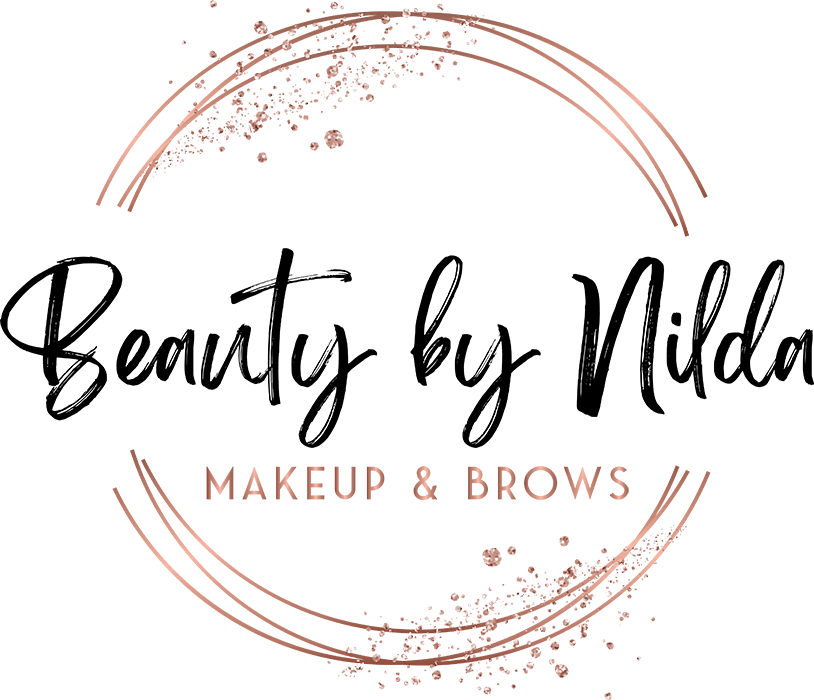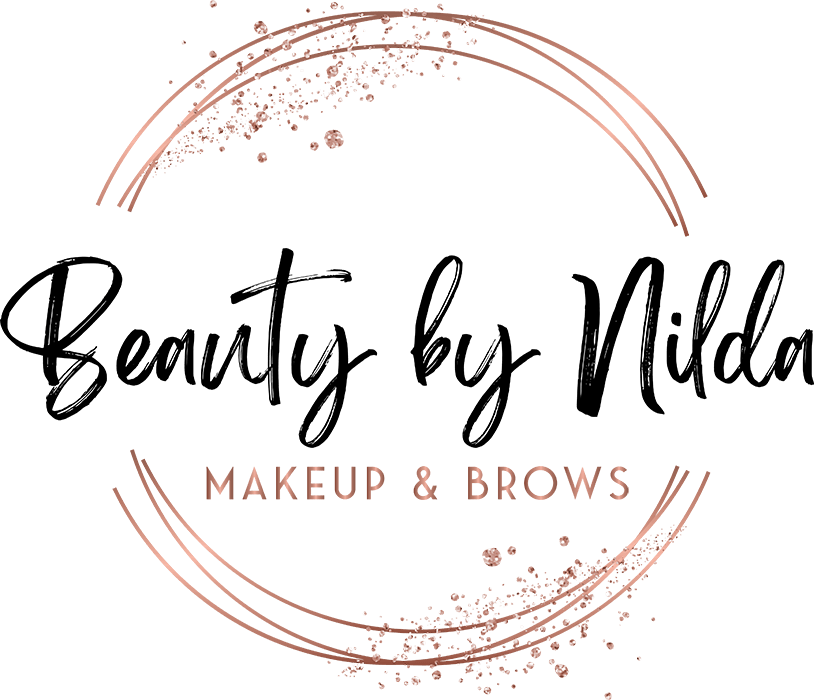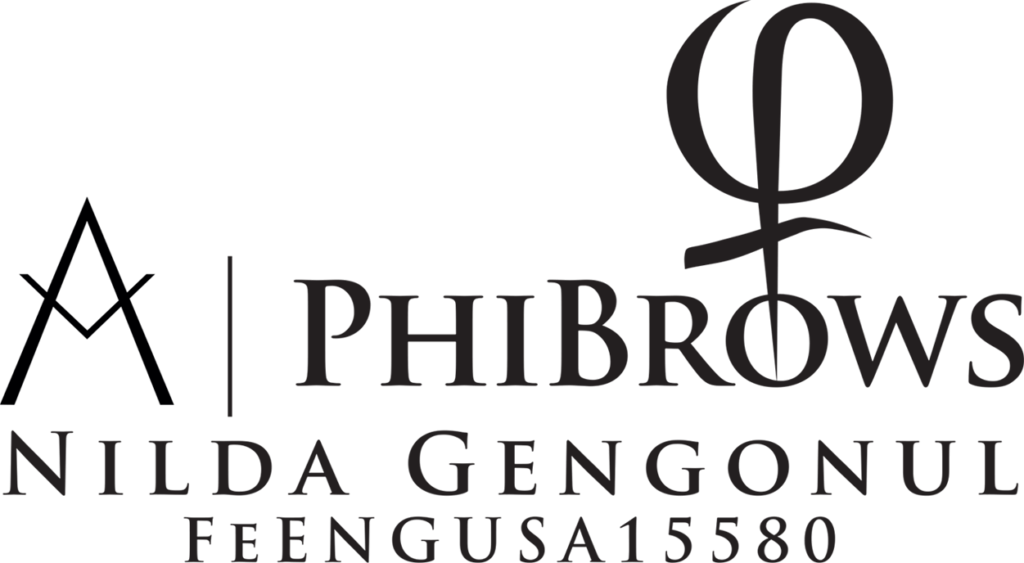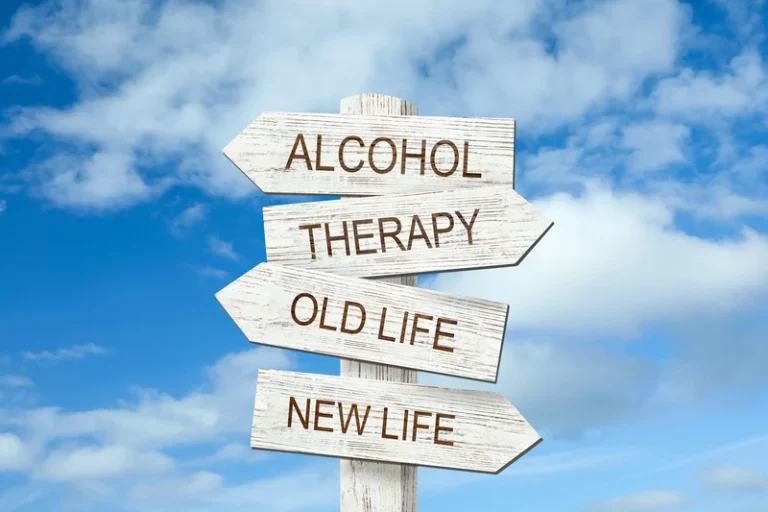
Without treatment, alcohol abuse can turn into a life-threatening addiction. It is essential to recognize the symptoms of alcohol addiction and seek treatment as quickly as possible. A flare-up of rosacea symptoms can be triggered by the consumption of many different foods and drinks, including alcohol. That being said, there may be some slight truth to the idea that drinking alcohol can contribute to the development of rhinophyma. Because drinking alcohol has been found to make rosacea worse in some people, it may also contribute to worsening the symptoms of rhinophyma. While why do alcoholics have purple noses some people may experience flushing or redness when they consume alcohol, this doesn’t mean those people all suffer from rhinophyma.

What Is Alcoholic Nose & How Does It Happen?
Other alcoholism nose treatments can include nasal sprays, antihistamines, and decongestants. If the condition is severe, a doctor may recommend a course of antibiotics or steroid medications. Alcohol is an irritating substance that causes inflammation in the skin, leading to redness, bumps, and swelling around the nose.
Swollen feet

It’s important to note that while these strategies can help prevent alcohol noses, they also contribute to overall health and well-being. Moderation and responsible drinking habits are crucial for avoiding rhinophyma and maintaining a healthy lifestyle. Recognizing the early signs of rosacea and seeking appropriate treatment can help prevent the advancement to rhinophyma. It is also advised for individuals with rosacea or rhinophyma to limit alcohol consumption to avoid exacerbating the condition. Treatment options for rhinophyma typically involve medical therapies and surgical interventions. These are done to manage symptoms and improve the appearance of the nose.
MANAGEMENT
The Asian population has been found to be deficient in an enzyme known as alcohol dehydrogenase. This enzyme is responsible for helping break down alcohol and metabolize it. When someone drinks alcohol, it enters the cells of their blood vessels, and the blood vessels dilate. If there is insufficient alcohol dehydrogenase enzyme in the body, the consumer is likely to become flushed. One’s complexion, genetics, and ancestry factors are quite often observed to be contributors to the alcohol red nose. However, the two dominant causes of alcohol red nose are majorly connected to ethnicity and heritage.

- Ocular rosacea can make the eyelids dry, swollen, red, and irritated.
- Many times, it can be stubborn and require something stronger, in this case surgery.
- Rosacea is a skin condition that affects plenty of people each year.
- Plenty of people suffering from rhinophyma have stayed home for fear of being shamed in public.
- Such sensations are often accompanied by a changed color, including purple, of the nose.
- In many cases, “alcoholic nose” is used to describe the most severe, end-stage form of rosacea, known as rhinophyma.
- When there is more time to focus on the sober journey ahead, the future begins to look that much brighter.
As rosacea advances, rhinophyma emerges with characteristic signs like an enlarged nasal tip and a bumpy or ridged texture on the face. Another option is isotretinoin, a drug that shrinks the sebaceous glands, limiting how much oil they make. However, if a person wishes to have surgery, they must stop taking this medication. Finally, acne rosacea advances to late-stage rosacea, and rhinophyma is an aspect of this. Except the three main causes mentioned above, there are other factors and conditions may cause your nose to turn purple. In most cases though, an antibiotic is given at first along with a topical cream.
Alcoholics Nose: What It Is, What Causes It, & How to Get Help for an Addiction to Alcohol
- These medications aim to control the symptoms and prevent further tissue hypertrophy, thereby reducing the need for surgical intervention.
- Dermatologists recommend anti-acne treatments like topical creams to moisturize dry skin resulting from rosacea.
- One option is topical metronidazole (Metrocream), a drug that reduces skin inflammation by inhibiting the generation of reactive oxygen species.
- Alcohol use can cause vessels to enlarge in the face and neck, creating redness or flushed skin.
“Alcoholic nose” is a term given to the medical condition rhinophyma when it’s thought to be caused by alcohol use. An alcoholic nose is not a true diagnosis of alcoholism or even a sign of it in many cases. As stated earlier, the medical definition of an alcoholic nose is rhinophyma. Rehab and managed detox are only for serious cases when there is no other option.
The Skin’s Vital Role in Protecting Your Body
If caught in the early stages, however, symptoms can often be managed with medication and lifestyle changes. Ria Health offers several FDA-approved medications for alcohol use disorder. When Drug rehabilitation combined with counseling, this approach is proven highly effective.
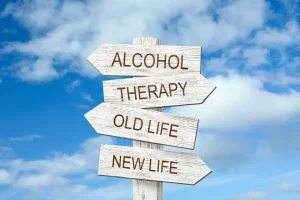
Heart and Lung Diseases
Rosacea flare-ups could contribute to continued growth of a bulbous nose. In the end, we have discovered that an alcohol use disorder is not necessarily responsible for rhinophyma. Similarly, this removes the stereotype that everyone who suffers from rhinophyma is an alcoholic.
